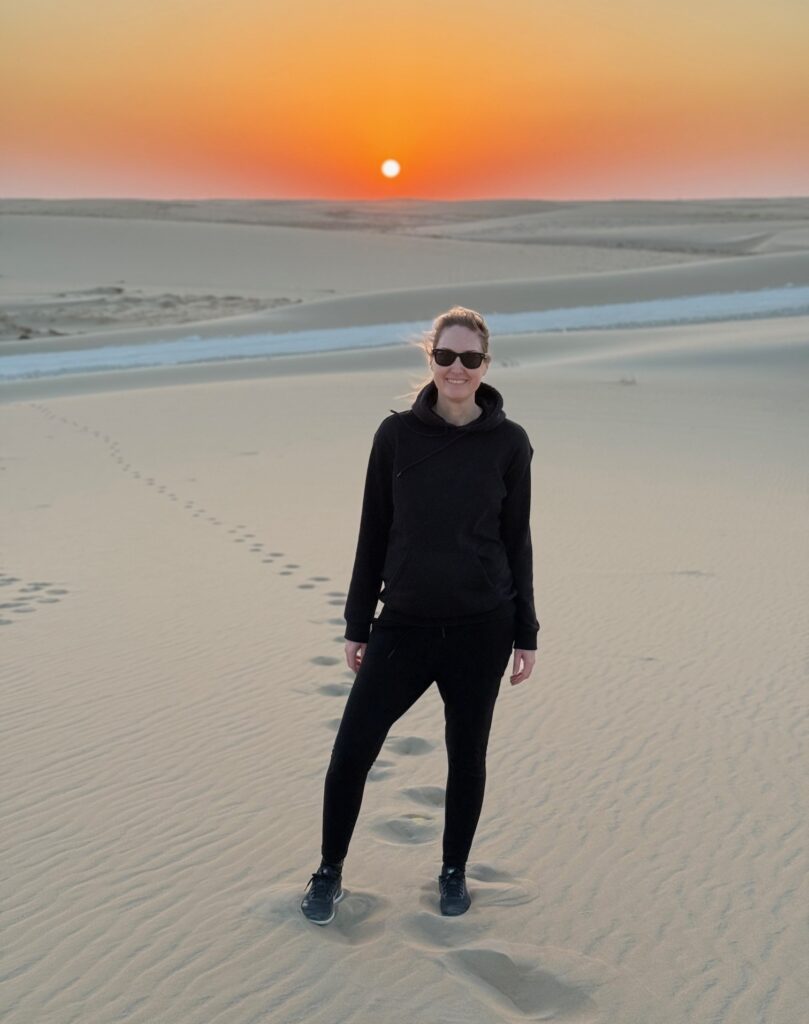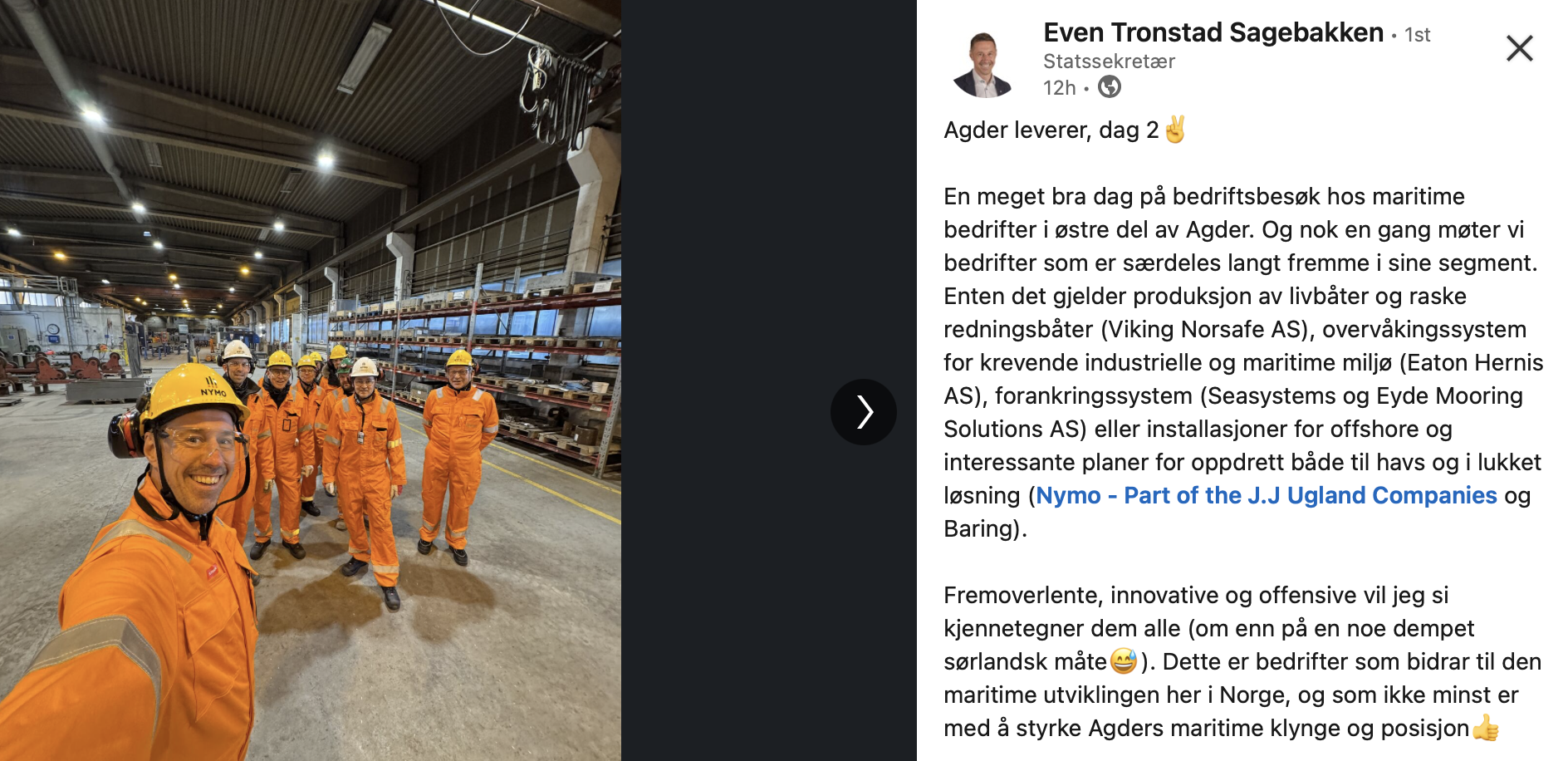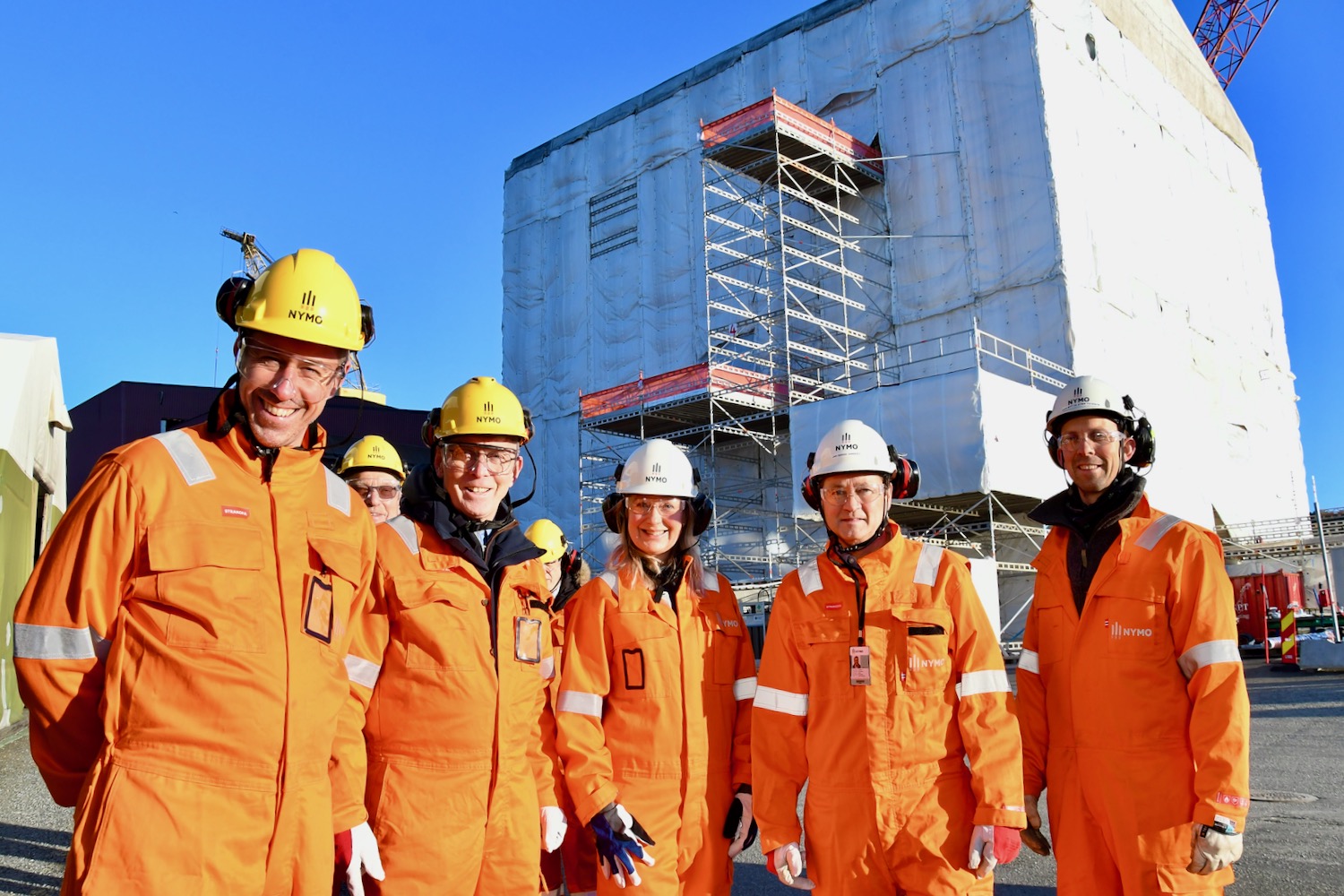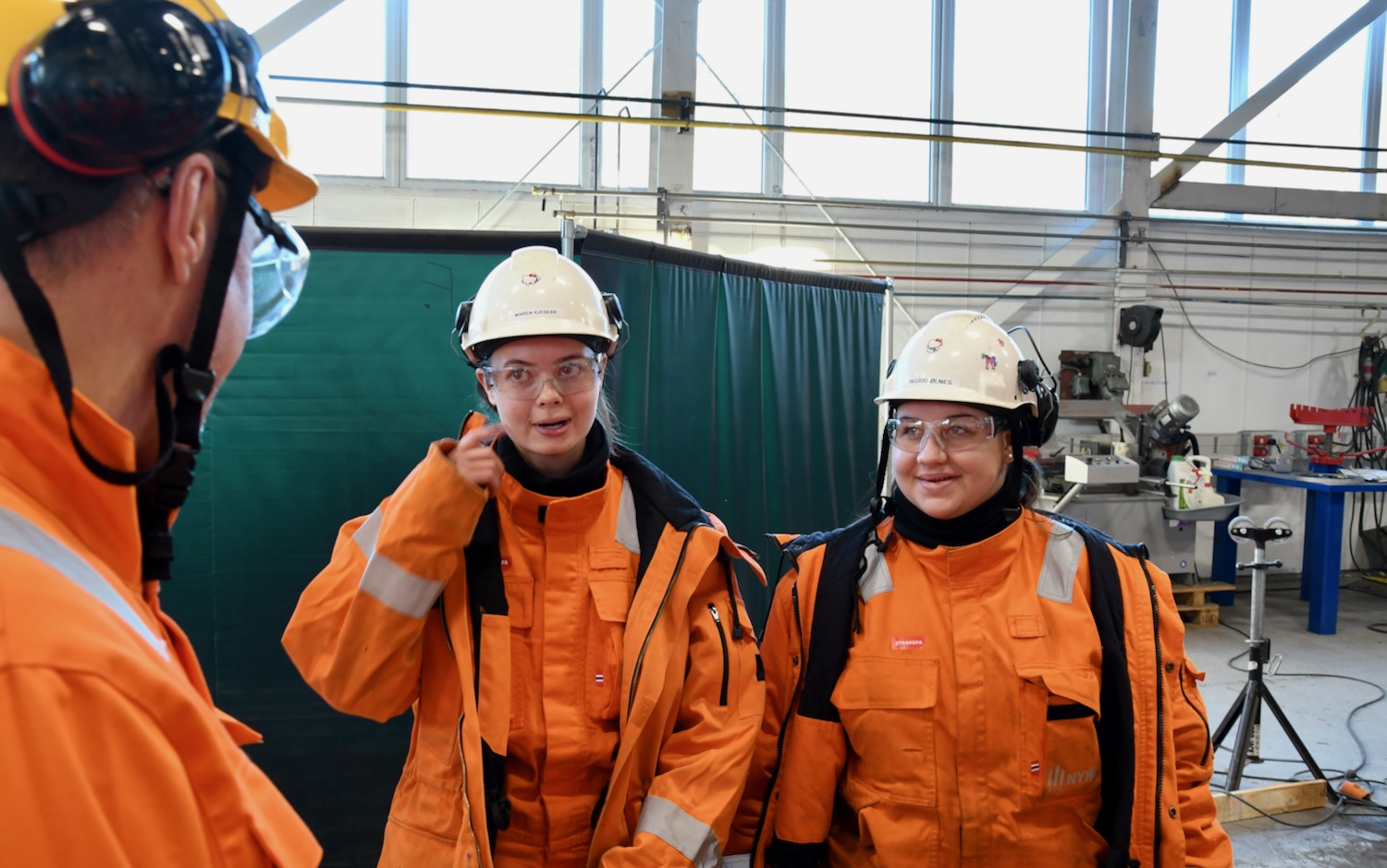Given the responsibility to lead a division of 400 people in Saudi Arabia and Bahrain, Furnes packed her gear a few months ago and found a new home in the Saudi city of Dammam. Her apartment and office are close to the headquarters of global oil giant Saudi Aramco, which is – unsurprisingly – the largest SLB client in this region of the world.
It is the third time Furnes has taken on international responsibilities for her long-time employer SLB – the largest oilfield service company in the world. Furnes has previously been deployed four years in China and two years in Dubai, in between her years at SLB in Kristiansand.
“I have always been keen on accepting new challenges. Saudi reminds me a lot of an early period in China – high-paced and ambitious. That is what attracted me and persuaded me to go on the road again,” says Furnes.
She has daily meetings with Saudi Aramco and drilling contractors, and there is a constant push to advance SLB’s technological edge.
Furnes is currently involved in the upgrade of two jack-up rigs that she knows well. They are equipped with drilling packages from SLB in Kristiansand and pressure control systems from SLB in Houston – and they were built for Saudi Aramco in Dubai, while Furnes was there.
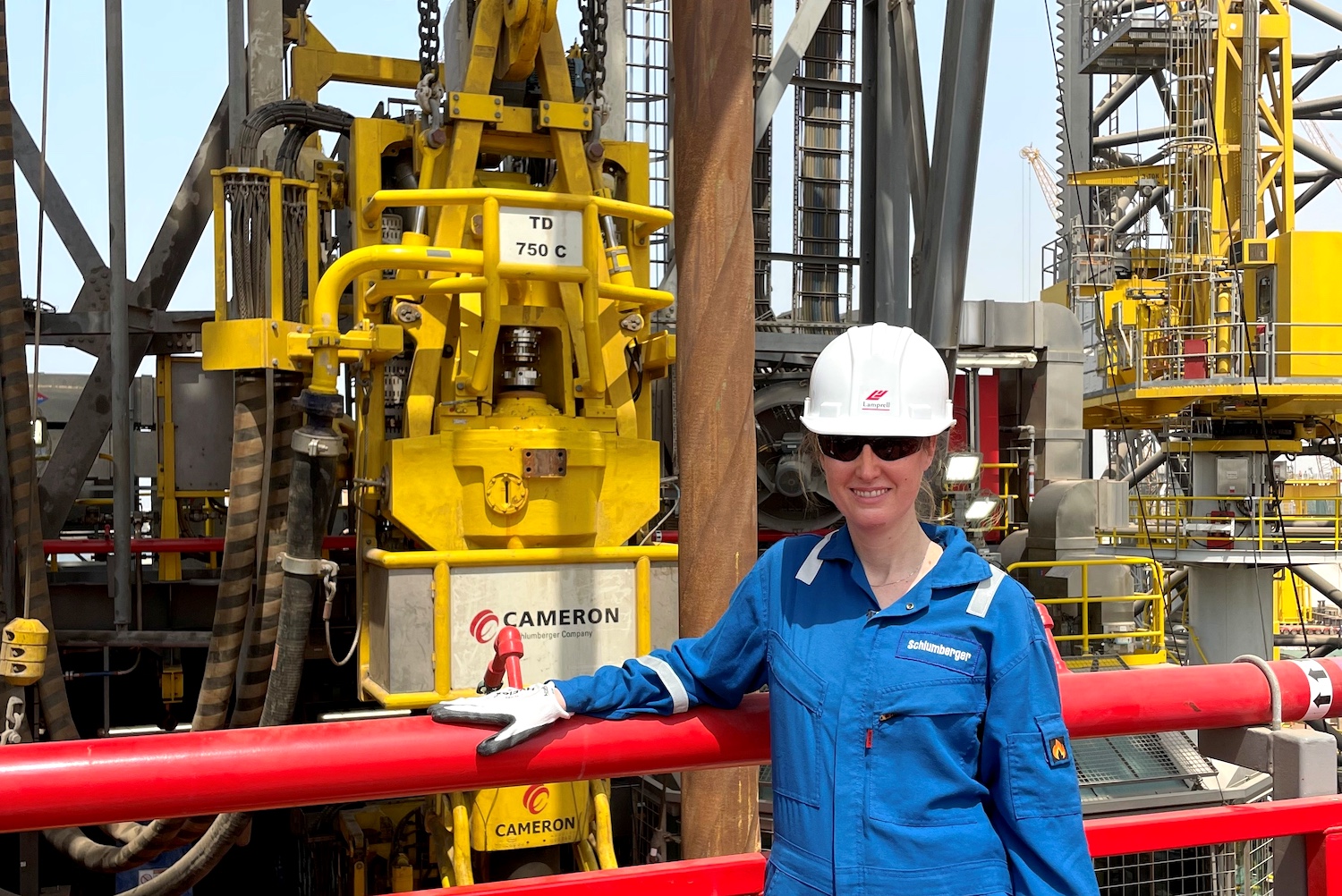
Ongoing upgrades include integrating hardware and software to improve safety, efficiency, and environmental performance. Digital-enabled rigs are part of a broader transformation, where automation and data analytics reduce human exposure on drill floors and optimize operations across the board.
Much of the innovation driving this shift originates in Norway, particularly from SLB’s hub in Kristiansand. The goal is to create smarter rigs that not only perform better but also contribute to lower emissions and more sustainable energy production.
“Look to Norway for digitalization,” says Furnes. “Our staff is highly competent, and we recently added more competence with the acquisition of Stimline Digital – also located in Kristiansand.”
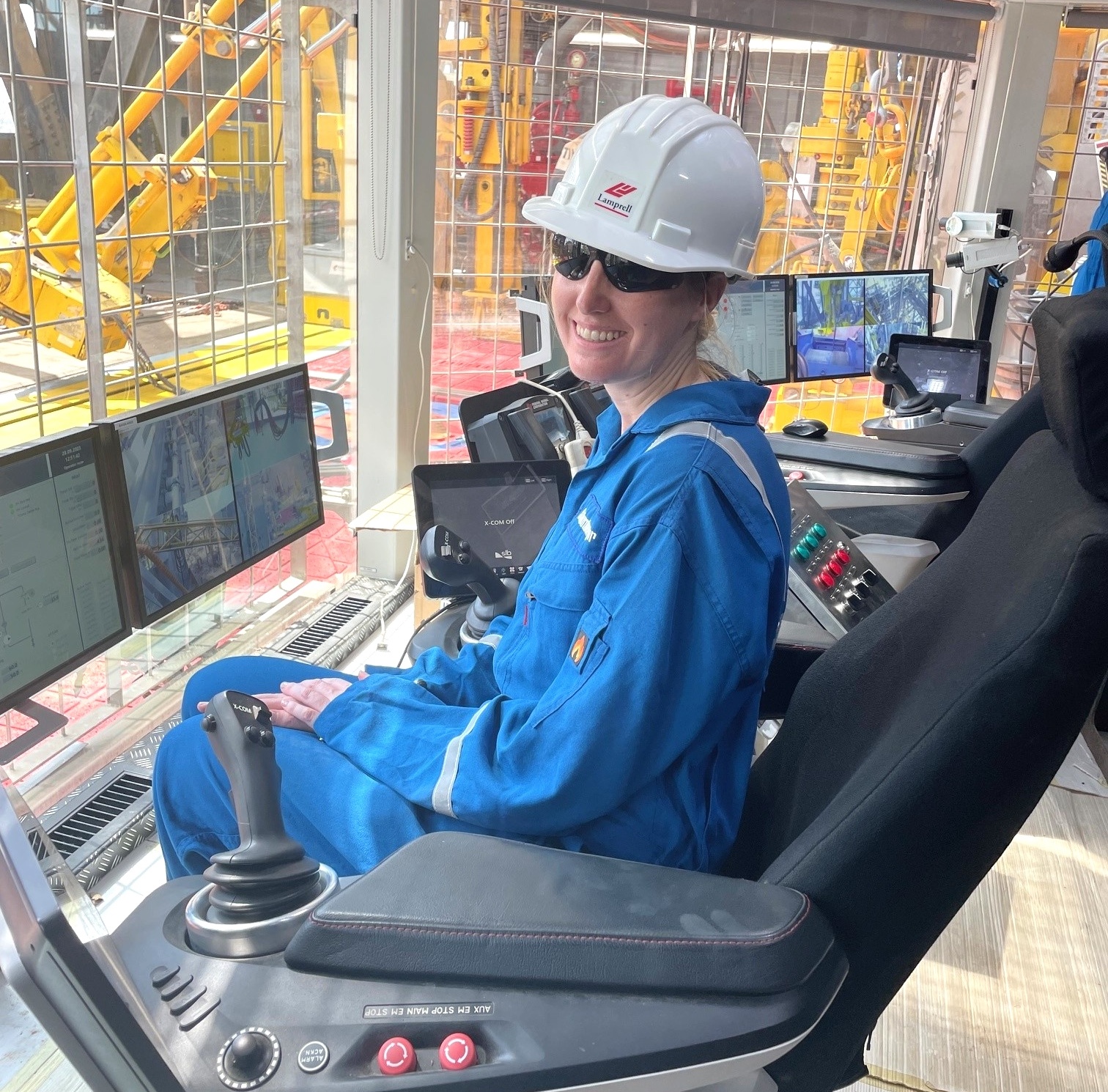
The jack-ups are part of Saudi Aramco’s newbuild program. SLB equipped the first two rigs, while NOV won contracts for the next two.
“Orders for newbuilds are hard to come by. After-market and upgrades have been – and still are – an essential part of ongoing business,” says Furnes. “We put a lot of effort into improving the performance of existing rigs. By integrating digital solutions and artificial intelligence with world-leading mechanical equipment, we are future-proofing the rigs.”
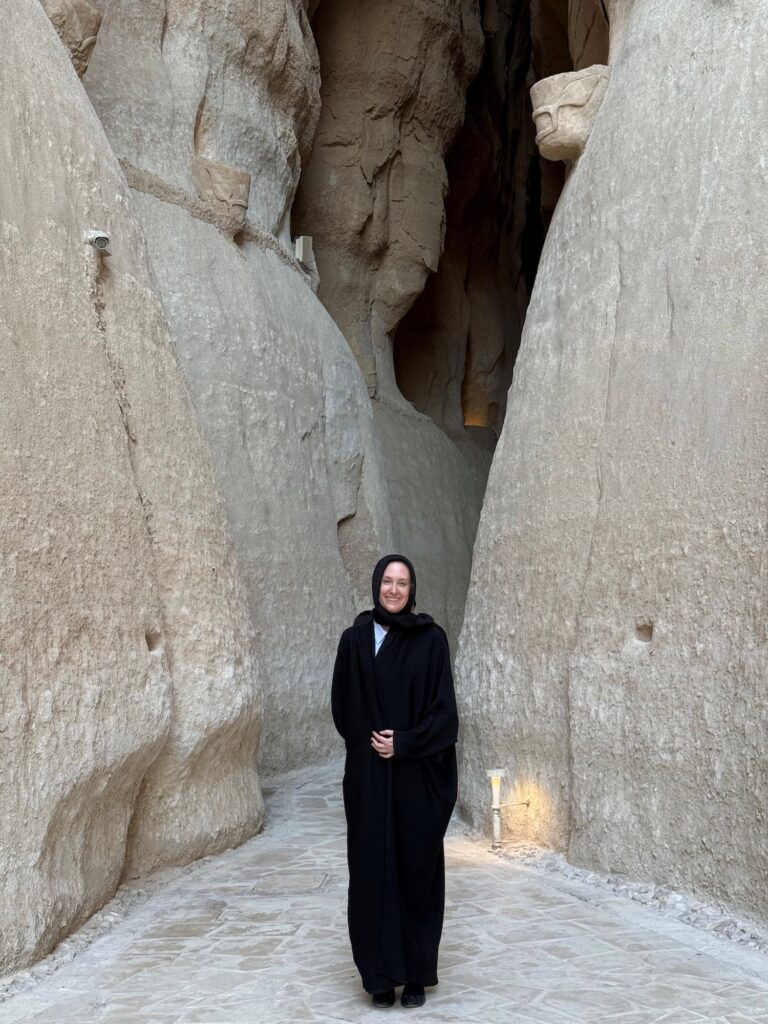
Furnes is the only Norwegian and one of few Scandinavians – or women – working for SLB in Saudi Arabia. This time of year, her close-to-freezing Nordic hometown and the burning hot Arab Dammam could not have been more different. Furnes has embraced the setting and the local culture.
“Dammam is a place full of contrasts. Despite the heat, the cultural shifts, and the distance from home, I would not trade the experience,” she says. “The work tempo is intense, but life outside the office is calm, family-oriented, and surprisingly welcoming.”
Whether horseback riding on the beach or exploring the desert, she finds joy in the unfamiliar.
“I am very happy to be here. I have already made new friends, and I am close to old friends in Dubai. These are years in which I will grow not just professionally, but personally,” says Furnes.
